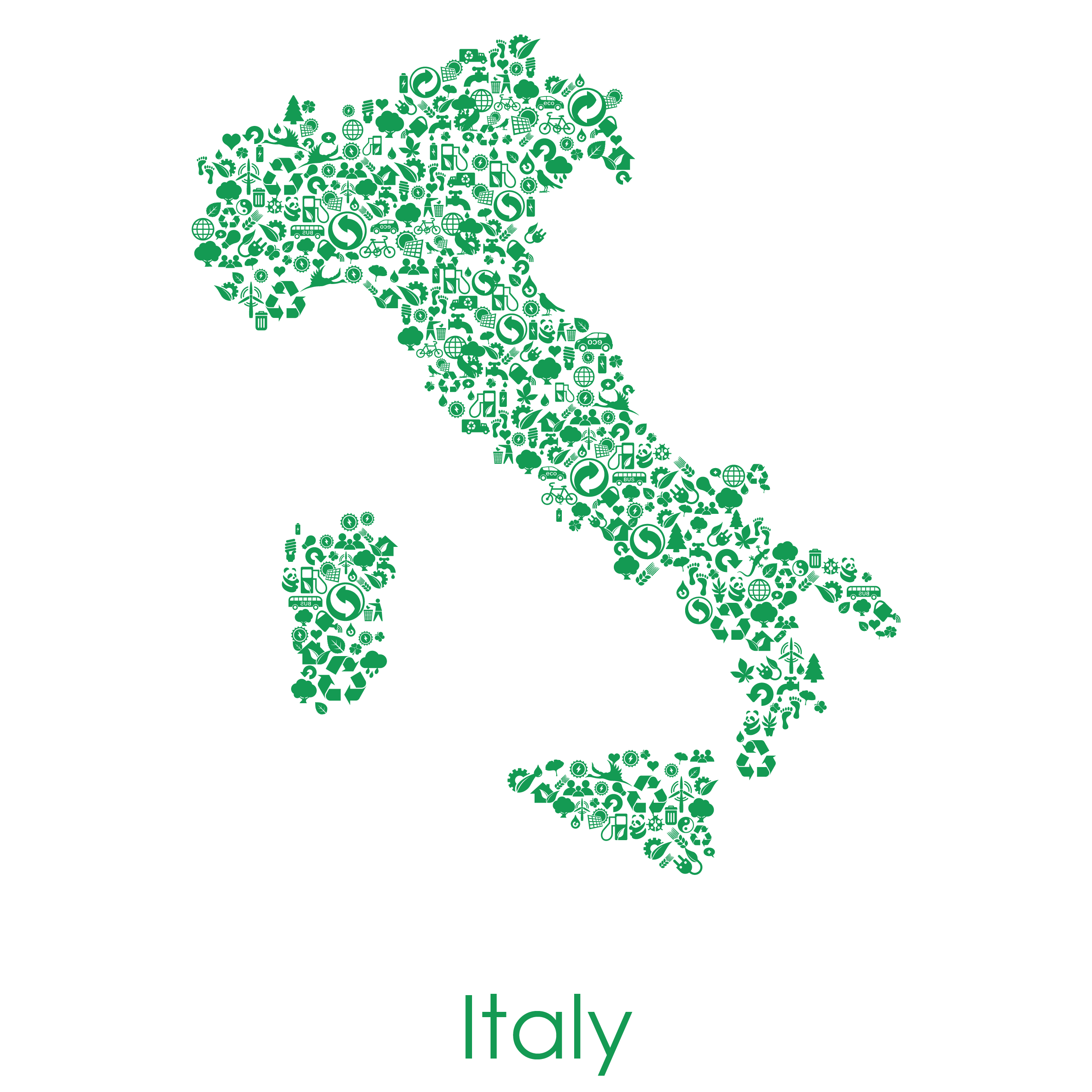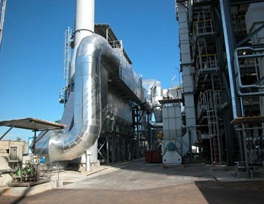
Green Business in Italy
- 1. The rise of Ecological Governance in Italy
- 2. Environmental Issues in Italy
- 3. Air treatment
- 4. Water treatment
- 5. Integrated Waste Management
- 6. Soil Remediation
- 7. Renewables
- 8. Green Chemistry
- by: Simone Padoan (2016)
The rise of Ecological Governance in Italy
The rise of Ecological Governance in Italy begun in the 80s, when the need to identify new models of sustainable development, to overcome the social turmoil of the 70s, matched a new awareness that an health environment is necessary not only for human health, but also as a primary resource for economic development.
The Environmental Protection becomes not only a concern about health, but also a safeguard mechanism for the development, so, on 1986, the Ministry of Environment was established, with the Law 349 of July the 8th, which defines also the regulation about Environmental Damage and Environmental Impact Assessment.
Environmental Issues in Italy

Italy is a peninsula predominantly hilly and mountainous, only 23% of territory is in plain, water resources are not evenly distributed (abundant in the north, scarce in the South), population is mainly concentrated in the plains, with widespread urban settlements (urban sprawl), which implies a considerable consume of arable land, within which industrial clusters, homogeneous for type of industry, have developed.
Air treatment

In Italy, the quality of the air progressively improved, emissions of sulfur dioxide (SO2) and benzene (C6H6) decreased of around 90% in the period 1990 – 2012; the ones of carbon monoxide (CO) of 70%. The reduction of nitrogen oxide (as the sum of nitrogen monoxide NO and nitrogen dioxide NO2) and those of non-methane volatile organic composts (NMVOC) was higher than 50%; that one of PM10 was higher than 30%, while that one of ammonia (NH3) is less performing, but around 14%.
Water treatment

Water is a resource of primary importance, distributed unevenly in the Italian territory, abundant in the north and the scarce in the south. The civil, industrial and agricultural uses require a resource quantity that, especially in summer, might not be available.
Integrated Waste Management

The integrated waste management was introduced in Italy by the Environmental Law of 1997 and then integrated in the second environmental law of 2006.
The Italian law determines the priority criteria, which are in the order:
- the prevention of waste generation
- reuse
- recycling of materials
- the use for energy purposes
- disposal into landfills
In Italy, the sorted collection of waste is increasingly common, which is the basis of an efficient system of recovery and recycling, reaching a percentage of 42.3% compared to the total waste collected.
Soil Remediation

In Italy, 52 large industrial areas have been classified as contaminated, for a total of 730,000 hectares, representing 2.4% of the Country and 10.4% of the plain areas (where the population is concentrated).
The contamination of these territories originated in the criminal behavior of the companies, but it is also due to the fact that such contamination is the result of long-term activities that have occurred in decades previous to environmental laws that faced the situation, requiring limits for the first time and identifying the responsibilities.
Renewables

The energy supply, in Italy, has one of the highest costs in Europe and, thus, in the World.
Urban settlements are very little concentrated in the territory and primarily consist of low quality buildings built in the sixties and seventies, this leads to a very low energy efficiency of the existing buildings and pollution due to vehicular traffic of the population that moves in the home-work trip.
Green Chemistry

Italy is at the forefront of Green Chemistry industry, so as to have created the first integrated biorefineries in the World.
In the context of the chemical from biomass, and in analogy to the concept of refining in the petrochemical industry, the concept of biorefineries has been defined , which is a production system that gets fuel and other fine chemicals from raw materials (biomass), alternatives to fossil fuels.